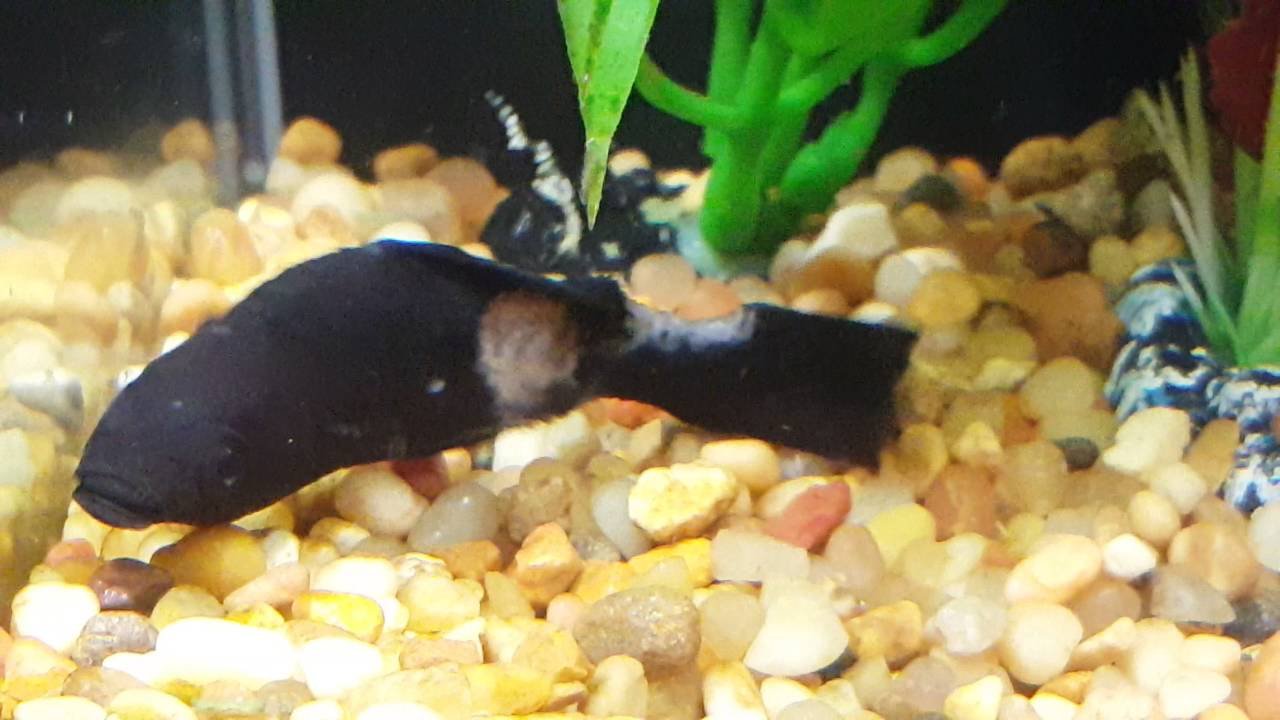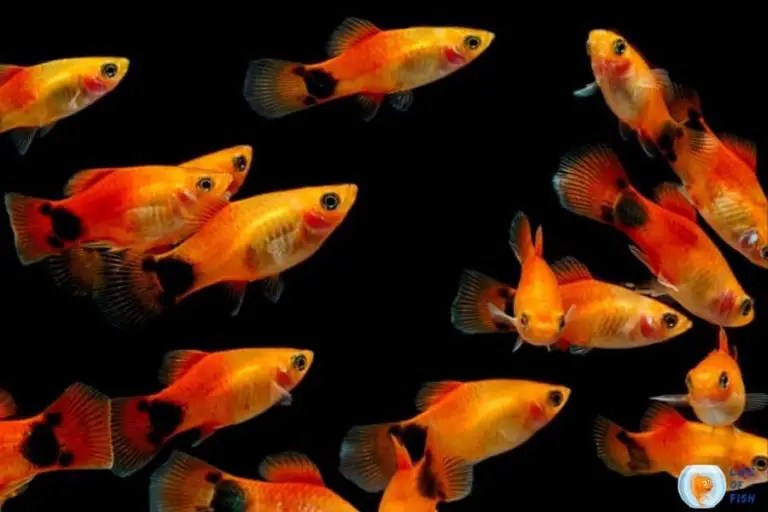How To Save Dying Molly Fish
Have you ever experienced seeing your molly fish struggling to survive? It can be a heartbreaking sight for any fish owner. Seeing a once-energetic and curious fish suddenly become lethargic and uninterested in food can be concerning. Fortunately, there are a few things you can do to save your dying molly fish.
Pain Points:
Experiencing your molly fish slowly deteriorating and struggling to survive can be challenging for any pet owner. It's painful to see your pet in pain, and it can be challenging to know how to react and help them through their difficult experience. Molly fish can suffer from a variety of illnesses and conditions, and some may be more severe than others. It is essential to diagnose the fish's problem early and begin treatment as soon as possible to avoid further complications.
How to Save a Dying Molly Fish:
The first step to saving a dying molly fish is to determine the root cause of the issue. You may notice physical changes in your molly fish, such as abnormal swimming patterns, discoloration, or bloating. In some instances, the fish may stop eating or become lethargic. Once you have identified the problem, it's time to start treatment.
Main Points:
Some common treatments for molly fish include isolating the ill fish, cleaning the tank and changing the water, administering medication, and regulating the temperature and pH of the water in the aquarium. Another essential aspect of treating a dying molly fish is to provide a stress-free environment, meaning reducing their exposure to noise or bright lights.
Personal Experience:
One of our molly fish, named Bubbles, had stopped swimming and wasn't eating. We thought she was dying and were heartbroken. After researching, we realized that she was suffering from swim bladder disease, which is common in molly fish. We isolated her, began treatment with medication, and reduced the water's temperature. Within a few days, Bubbles had returned to her jovial self.
Regulating Water Quality:
Maintaining a healthy and clean water environment is one of the most fundamental aspects of preventing illnesses and diseases in your molly fish. Regular water changes, twice a week, can help keep the aquarium water clean and healthy for your fish. You should also test the water frequently to ensure the pH level and temperature are within the appropriate range for your molly fish.
Importance of a Proper Diet:
Feeding your molly fish with the right food is crucial. These fish are omnivorous and require a mix of vegetables, insects, and worms to ensure that they receive all the necessary nutrients. Overfeeding your fish can lead to bloating, which can cause swim bladder disease. Ensure that you feed your fish the correct amount of food to keep them healthy.
Personal Experience:
We introduced a new brand of fish food to our aquarium, and our molly fish, Tilly, started to experience bloating and swim bladder disease. We quickly identified the source of the problem and switched back to her previous brand of fish food. Within no time, Tilly's bloating had reduced significantly, and she was swimming normally once again.
Question and Answer:
Q: How do I diagnose what is wrong with my molly fish?
A: You can diagnose your molly fish by closely observing their behavior and physical appearance. Look for signs of discoloration, bloating, or any visible signs of injury or infection. If you are unsure, it's best to contact a professional fish veterinarian for a proper diagnosis.
Q: How often should I change the water in my molly fish aquarium?
A: Water changes should be carried out twice a week or more frequently to maintain a healthy aquarium environment for your molly fish. Regular water checking and maintaining the pH level and temperature are also important in keeping your fish healthy.
Q: What are some common signs that a molly fish is dying?
A: Some common signs that a molly fish is dying include lethargy, abnormal swimming patterns, discoloration, and lack of appetite. If your molly fish displays any of these symptoms, take immediate action to save their life.
Q: Are there any precautions to follow while providing medication for my dying molly fish?
A: While providing medication to your molly fish, it is crucial to follow the instructions carefully and maintain the appropriate dosage. Overdosing can be harmful to your fish and may worsen their condition. If you notice any side effects, such as excessive lethargy or discoloration, discontinue the treatment immediately and contact a professional fish veterinarian.
Conclusion:
Caring for a dying molly fish can be a challenging and emotional experience. But with the right knowledge, care, and attention, your molly fish can recover and return to their normal, active selves. Regular water changes, a proper diet, and a stress-free environment are the keys to preventing illnesses and diseases in your molly fish. Remember to seek professional help when in doubt, and always give your fish the love and care they deserve.
Gallery
How To Tell If A Molly Fish Is Dying And 3 Ways To Save Them

Photo Credit by: bing.com /
How To Tell If A Molly Fish Is Dying | 9 Signs

Photo Credit by: bing.com /
Molly Fish: Ultimate Guide (Care, Diet, Breeding & More)

Photo Credit by: bing.com / molly peces mollies guppies poecilia breeding creamsicle fishes molinezja freshwater lyretail sphenops hias seputar lebih akwarium fakta mates thepetsupplyguy needs
【How To】 Save A Dying Molly Fish

Photo Credit by: bing.com /
Molly Fish Is Dying: How To Save Them? - Fish Keeping Guide

Photo Credit by: bing.com /
